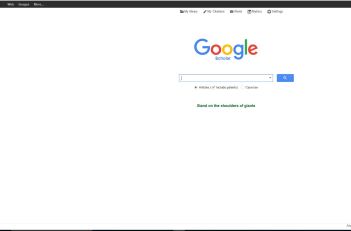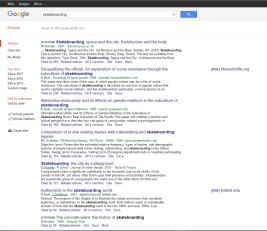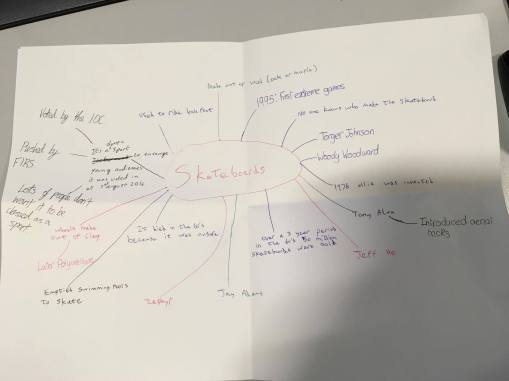How to research
For this task, we learnt arrange of new research techniques to prepare ourselves for our Final Major Project. We learnt about features that Google has implemented to make researching easier. We then had to research Skateboards because it was a neutral subject to us and after we completed the skateboard research task, we could research any subject we wanted.
We learnt that there was a site that Google runs for academic purposes called Google Scholar. Google Scholar will only bring up search results with academic purposes, a lot of the results are papers or articles from students and tutors. We could use these to help with our research or find out sources they used, so we could look at them ourselves. Google also allow the use of symbols for Google searches, for example * can be used instead of specific words if you cannot think of one, e.g. the tallest * in the world. This could be useful for us in the skateboard task because our group does not a lot about skateboarding, so some of the technical terms are unknown to us. So, we could type in, the longest skateboarding * done, and get a result.



The reason we had to research skateboards was because was neutral subject to us (we did not a lot about them). We had to get into group and discuss what we knew about skateboards. We found out we did not know a lot about skateboarding except the popular information, like Tony Hawks. After discussing what we knew, we watched a documentary called Dogtown and Z Boys. While watching this, we had to make notes like we would do if we watched documentary for research purposes. After we watched the documentary, we got back into our groups and discussed questions to research. Mine was, when did skateboarding start? I used the skills I learnt some research. What I did was found some sources and copied the information into a word document. I then read through it and highlighted important information and put them in a word document and highlighted key information, yellow for general information and red for names. After doing the research we got back into our group and made another mind map and wrote down what we learnt. Our knowledge of skateboarding after doing the research task has grown and we knew how to narrow down question on a search engine by doing it.
Mind map of what we originally knew:

Mind map of what we found out:

For my chosen subject I chose to research the different styles of animation. I wanted to find out the other styles of animation other than obvious ones (2D and 3D animation). I found out there is traditional animation, 2D vector animation, 3D animation, motion graphics, stop motion and flip book. I then found out each style has its own sub-styles. Traditional animation, for example, has 2D animation, cel animation and hand drawn. I then simplified my results by putting them into a mind map. I then went into more depth into traditional animation because that is the area I want to explore the most. I found some sources and done what I did for the skateboard task and copied the information into a word document and highlighted information that I viewed as important (yellow for general information and red for names).

The reason I chose to look into different types and styles of animation is because I think my knowledge in that area is limited. I knew about some those techniques like cel animation but I did not know about 2D vector animation, I thought it was covered under 2D animation but 2D animation is physical where 2D vector animation is digital. One of my sources mentioned some examples of movies, TV shows and music that had animation in it. One of the examples was Space Jam that used cel animation. I wished I looked into how some of the techniques where done, I know how cel animation is down but I only know the basics of it (I do not know any advance techniques). How I could use this knowledge in my Final Major Project, I could use these new techniques I learnt about and explore them, experiment with these new techniques and develop my skill with them.
With this task, I learnt that you could use symbols in a Google search to narrow down important information. I did know of Google Scholar before doing this task but never really used it. But there are other search features on Google as well like Advance Search which gives you more options to narrow down your search results. I do feel with skateboarding and animation task I could of found better resources but using these new research techniques better.
Joel, you provide an overview of the task here, but your work lacks detail and the structure, spelling and grammar need serious attention. Your work is very repetitive and does not really explain the task fully. You must ensure that you give the task proper context and explain the purpose clearly. You also need to proofread your work with care – there are many careless errors here.
Furthermore, this really does not represent a thorough account of the week’s work. You have a paragraph on what you researched in terms of animation but have barely discussed the purpose, what you hoped to discover, what you learned and how you can implement this knowledge. You must be more detailed in your work in the future!
LikeLike